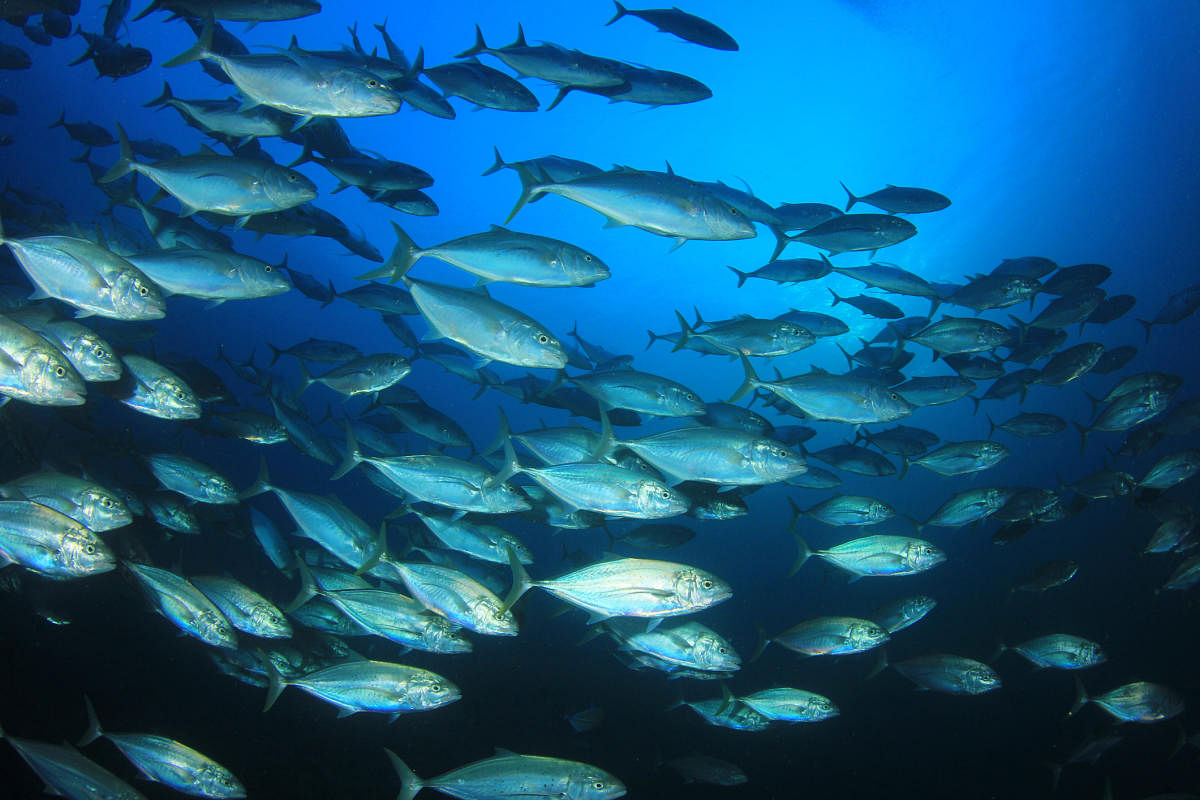Since 2016, the United Nations observes May 2 as World Tuna Day to raise awareness about the plight of tuna, one of the overfished marine fish.
Tunas are saltwater fish belonging to the mackerel family and presently, around 40 species are found in the Atlantic, Indian, and Pacific Oceans and the Mediterranean Sea. Atlantic Bluefin Tuna is the largest one and can live up to 40 years. They migrate across all oceans and can dive deeper than 3,000 feet. They are primarily used in traditional Japanese delicacies Sushi and Sashimi and are an endangered species in the IUCN Red List.
Tunas are nutritionally rich. However, they are in great demand across the globe due to their taste. About a fifth of all marine captures are tunas, which amount to about seven million tons each year! One third of the stocks of seven economically important species of tuna are overfished. Apart from this, changing climate, warming oceans, marine pollution and depleting phytoplanktons in oceans threaten these fish.
In the Indian Ocean, there are four species of economically significant tuna including the Bigeye Tuna, the Skipjack Tuna, the Albacore Tuna and the Yellowfin Tuna, and these are mainly used for canned tuna products. Among them, the Yellowfish Tuna is severely overfished, prompting conservation organisations to push sustainable fishing practices.
Although not a primary food source in India, a few programmes are being implemented to harvest the tunas from Indian waters. Since the market for Tuna is enormous, it could provide a livelihood to fishing communities.
But with modern trawlers scooping out the remaining shoals of Tuna, the future of this fish is precarious. While some organisations are making the tuna on the plate sustainable, some practices are mired in controversy. So to relish a Sashimi 'guilt-free', research on the origins of the tuna and buy sustainably-fished tuna products.
Research Matters
